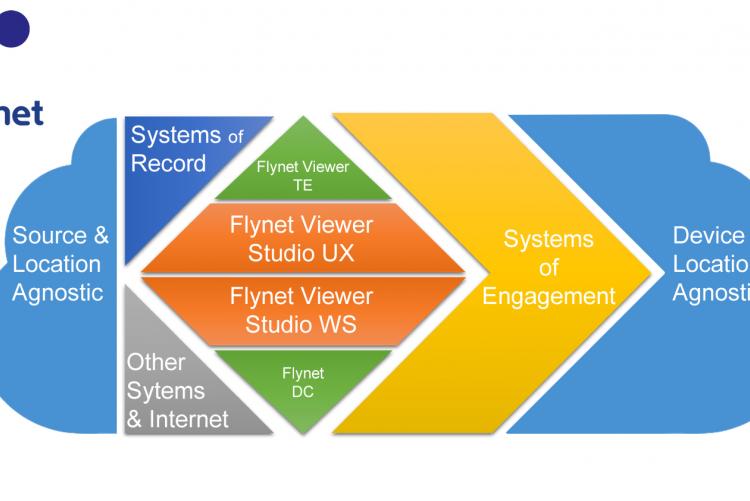What?
Creating Systems of Engagement (SoE) that drive real time and efficient single touch processing is not an easy concept for systems architects and traditional application builders to embrace. Mixing shared and open content with data surfaced from Systems of Record represents a transformational and often cultural shift in thinking.
Most Systems of Record (SoR) have been built with what we now refer to as legacy technology. That doesn’t necessarily mean it's bad, we all accept that the shape of the wheel is fine, it’s been around for a long time and guess what? It works extremely well.
Why?
Often mainframe and midrange systems offer a level of safety, robustness and performance that simply isn’t available in a similar enough form to consider migrating away. Moreover migration projects are normally fraught with operational risk and are generally impossible to cost. Too often migration projects either fail to deliver the desired results or simply fail to deliver at all.
If we accept that the wheel is good and start thinking of these Systems of Record as heritage systems rather than legacy systems, we have already removed a number of compelling reasons to spend an inordinate amount of time and resource trying to change one box for another box.
The issue should then refocus on business agility and client facing capability. Systems architects and application builders should be looking at emergent and disruptive technologies like mobile, cloud, security, virtualisation, SoA and SoE in new ways that engage your customers. Turning your technology cost centres into sources of innovation that drive revenue growth.
How?
The issue then becomes the how, at Jubilant we believe that a web standards based approach to creating the connectors to our Systems of Record is the way forward. A catalogued set of connections that become consumable by other systems and interfaces that adopt scenario centric user engagement.
However, mentioning the word “catalogue” sounds big, all of a sudden our box changing project has become a tunnel building project, again we find ourselves not thinking about customer or our competitive agility.
But how do we get from one side to the other without a tunnel, well how does Captain Kirk get from one side of the universe to the other? I’m not suggesting we can bend space time, but we do need a warp engine of sorts.
At Jubilant we believe the warp engine needs to be able to create these connectors very quickly. This means enterprise architects and application builders don’t have to sweat over what and which connectors should be built and when, or compromise on when a particular piece of value or functionality might be realised by the business.
With this in mind Jubilant built Jubilant WS Web Services Generator, which builds standards based web services to heritage and tertiary systems visually and very quickly. A standards based web service talking to a heritage system built on, for example but not exclusively Cobol or RPG, may take a couple of months to build, with Jubilant WS Web Services Generator you can do this in minutes.
When?
So the catalogue isn’t going to take years to build, it might take a few weeks, allowing you to stay focussed on your customers, your competition and your constraints. Next week we are going to look at what types of System of Engagement might suit your business and how you could start unlocking new and reinforcing old relationships with your customers.

